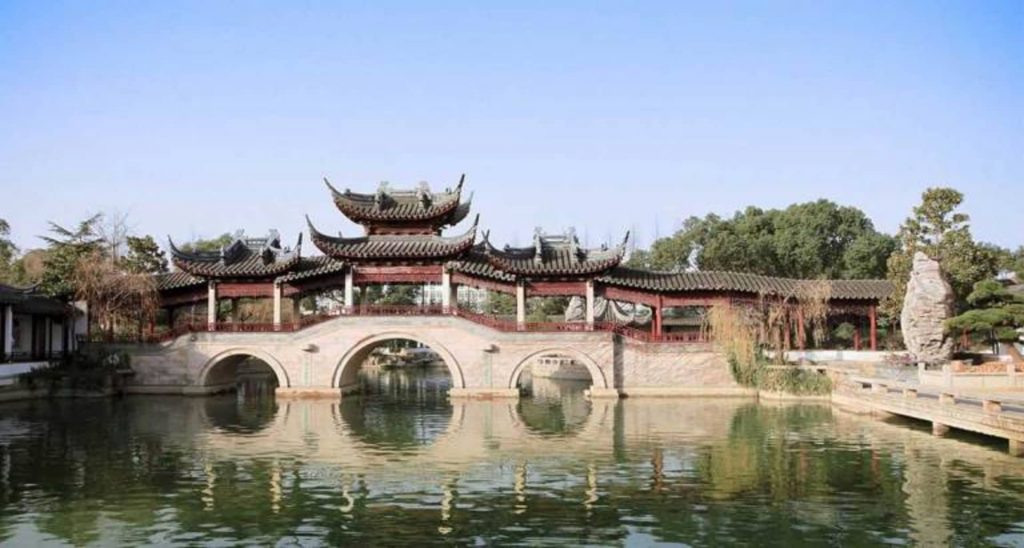
Just shy of sixty miles west of the soaring steel skyscrapers and high-tech modernity of Shanghai, in an area surrounding the city of Suzhou, with its peaceful gardens and ornate pagodas, are the creators of China’s best painters of silk and paper. Here, as they and their forebears have done for the past 1,500 years, craftsmen and women patiently take 100 or more brush strokes to create a single leaf, spend hours delicately shading the wings of a bird, or half a day carefully embroidering the petals of a cherry blossom branch with the finest silk thread.
This artistry once made scrolls and screens for China’s wealthy governing Mandarin class and its richer merchants, and the designs were symbolic displays of rank; a fiery dragon denoted power, a blossoming peony, wealth and beauty. Instead, today these skills are used to create exquisite hand-painted wallpaper that decorates homes around the globe, with the designs now chosen for their depth of beauty and standout style.
This is very different to how it all began – wallpaper was originally used by the poorer classes as a cheap alternative to paneling and tapestry. By the 1700s, however, wallpaper designs had become more elaborate and “painted paper,” as it was called, had come into vogue among the wealthy, too, with the English and French vying for design supremacy. In the US, where the wallpaper industry was still in its infancy, French-made arabesque papers of urns, medallions, and foliage were particularly popular. When, in 1790, Thomas Jefferson returned to Virginia from Paris after his post as US Ambassador to France, he ordered dozens of rolls of French wallpaper to bring home with him.
It was at this time that Chinese papers, or chinoiserie (from chinois, the French word for “Chinese”), started to be exported to the West, and the wonderfully detailed birds, flowers, trees, and scenes of Chinese life were an immediate hit – as they remain today, some 200 years later, with chinoiserie continuing to be the most sought-after style of hand-painted wallpaper. Still crafted in China, the high level of artistry and work required – it takes 700 hours to create a set of 20 chinoiserie panels for a medium-sized room – ensures it remains a luxury product.
Hand-painted wallpaper, however, comes in a number of styles, from plain to lightly patterned and embossed, as well as adorned with European and American landscapes. In a historic property that has been given a modern renovation, handmade wallpaper can be a clever way of nodding to the past.
“From a stylistic standpoint, what’s coming back is the true convergence of styles from the older days with nuances from modern day – blending together to form a style all their own, including those with these Chinese influences,” said Alphonso Lascano, Vice President, Luxury Estates, Hilton & Hyland.
“Back to basics in a sense, with this modern flair that is anything but basic, is the way things have been headed for a while, and more and more clients are embracing it,” said Lascano, who is also a regarded interior decorator.
